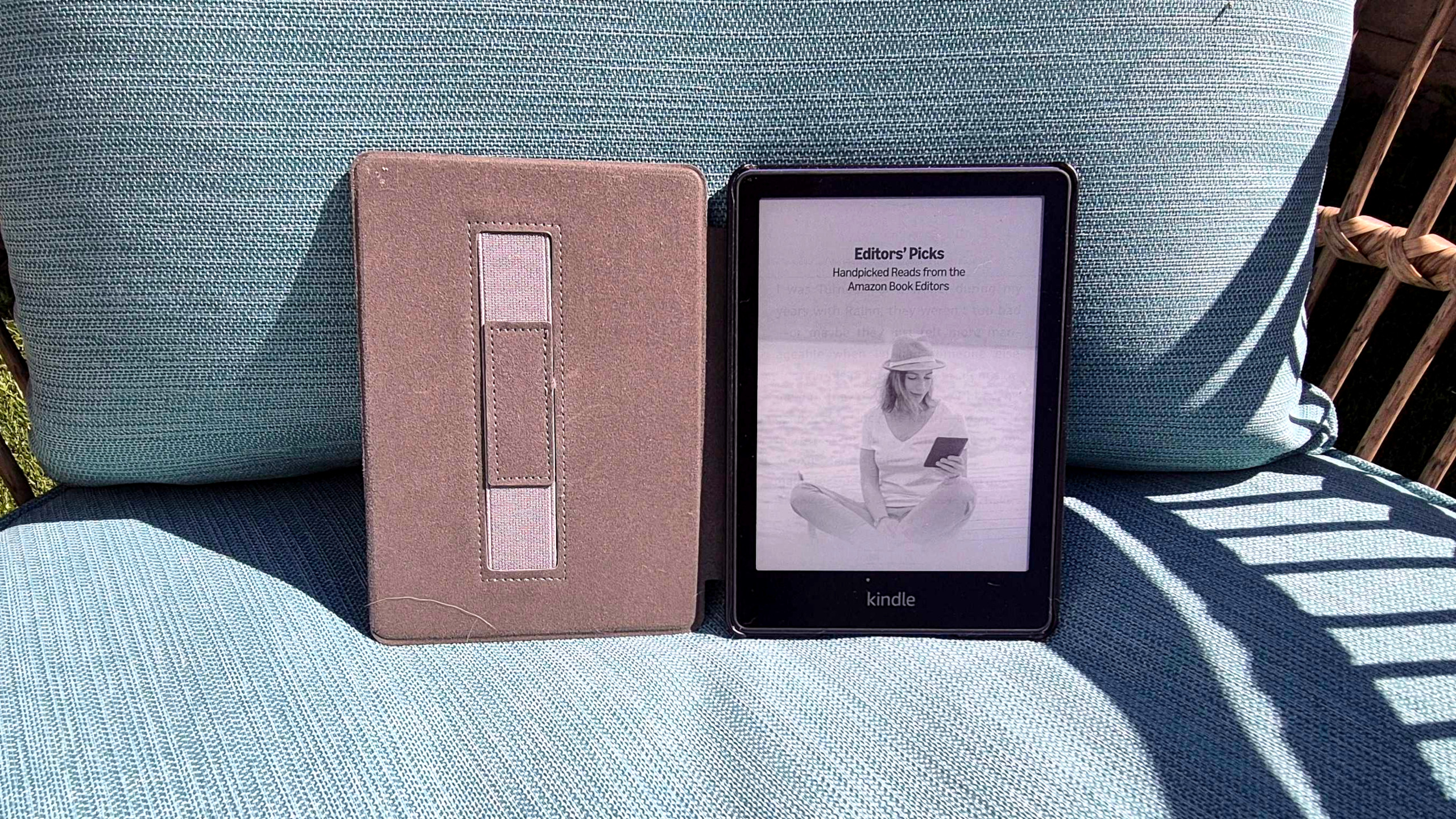A new report shows Android phones outfitted with Qualcomm cellular modems outperforming the iPhone 16e with its own Apple C1 modem. Unfortunately, the limited nature of the tests, combined with the fact that it was commissioned by Qualcomm, means we can’t learn much from it.
The tests were performed by Cellular Insights, and you can read the summary here or the full report here. The general summary of the results is that the Android devices had download speeds around 35 percent faster than the iPhone 16e, and upload speeds between 81 percent and 91 percent faster.
That the report was paid for by Qualcomm, of course, makes it suspect, but there are other limitations worth noting.
First, the report doesn’t let us know which Android phones were tested. It says one is “a 2025 flagship device powered by Snapdragon X80 5G Modem-RF System priced at $799” and the other is “a 2024 flagship device powered by Snapdragon X75 5G Modem-RF System priced at $619.” That narrows it down somewhat, but it’s odd that the iPhone 16e is named (the only device with an Apple C1 modem after all) and the Android devices are kept somewhat secret.
Second, the testing all took place in only three locations in a single small geographical area—the Astoria neighborhood in Queens, New York City. Even our own testing, which we noted was quite limited, managed to test five locations around the greater Sacramento area. Finally, the study exclusively used T-Mobile’s commercial SA 5G network. As with our own testing, which took place only on the Verizon network, looking at a single carrier (especially only in one neighborhood) captures only a very limited experience.
A more extensive set of tests comes from Ookla, whose report back in March used data from many users across the country testing with its popular Speedtest app. That report captured the experience on all three major carriers, and interestingly, the gap between the iPhone 16 (using a Qualcomm modem) and the iPhone 16e (with the Apple C1) was widest on, you guessed it, T-Mobile’s network.
So this test looks slightly suspect. Not only is it paid for by Qualcomm, but it pits the $599 iPhone 16e against unnamed Android phones, in just three locations of a single neighborhood, on the carrier in which Qualcomm’s modems just happen to outperform Apple’s by the widest margin. And it only tests upload and download speeds, not other aspects such as stability when moving within and between cell areas, latency, or power utilization. None of this means the report is false, but it gives the appearance of cherry-picking tests to get the results you want.
Ultimately, there’s nothing of note here. The C1 modem was never meant to outperform Qualcomm’s best modems, only to provide a comparable experience to mid-tier products with good stability and lower power utilization. Apple’s future modems (C2 and C3, presumably) are expected to increase performance with each generation, ultimately with the aim of beating Qualcomm’s best offerings in 2026 or 2027.
Macworld
A new report shows Android phones outfitted with Qualcomm cellular modems outperforming the iPhone 16e with its own Apple C1 modem. Unfortunately, the limited nature of the tests, combined with the fact that it was commissioned by Qualcomm, means we can’t learn much from it.
The tests were performed by Cellular Insights, and you can read the summary here or the full report here. The general summary of the results is that the Android devices had download speeds around 35 percent faster than the iPhone 16e, and upload speeds between 81 percent and 91 percent faster.
That the report was paid for by Qualcomm, of course, makes it suspect, but there are other limitations worth noting.
First, the report doesn’t let us know which Android phones were tested. It says one is “a 2025 flagship device powered by Snapdragon X80 5G Modem-RF System priced at $799” and the other is “a 2024 flagship device powered by Snapdragon X75 5G Modem-RF System priced at $619.” That narrows it down somewhat, but it’s odd that the iPhone 16e is named (the only device with an Apple C1 modem after all) and the Android devices are kept somewhat secret.
Second, the testing all took place in only three locations in a single small geographical area—the Astoria neighborhood in Queens, New York City. Even our own testing, which we noted was quite limited, managed to test five locations around the greater Sacramento area. Finally, the study exclusively used T-Mobile’s commercial SA 5G network. As with our own testing, which took place only on the Verizon network, looking at a single carrier (especially only in one neighborhood) captures only a very limited experience.
A more extensive set of tests comes from Ookla, whose report back in March used data from many users across the country testing with its popular Speedtest app. That report captured the experience on all three major carriers, and interestingly, the gap between the iPhone 16 (using a Qualcomm modem) and the iPhone 16e (with the Apple C1) was widest on, you guessed it, T-Mobile’s network.
So this test looks slightly suspect. Not only is it paid for by Qualcomm, but it pits the $599 iPhone 16e against unnamed Android phones, in just three locations of a single neighborhood, on the carrier in which Qualcomm’s modems just happen to outperform Apple’s by the widest margin. And it only tests upload and download speeds, not other aspects such as stability when moving within and between cell areas, latency, or power utilization. None of this means the report is false, but it gives the appearance of cherry-picking tests to get the results you want.
Ultimately, there’s nothing of note here. The C1 modem was never meant to outperform Qualcomm’s best modems, only to provide a comparable experience to mid-tier products with good stability and lower power utilization. Apple’s future modems (C2 and C3, presumably) are expected to increase performance with each generation, ultimately with the aim of beating Qualcomm’s best offerings in 2026 or 2027. iPhone Macworld

















































































































